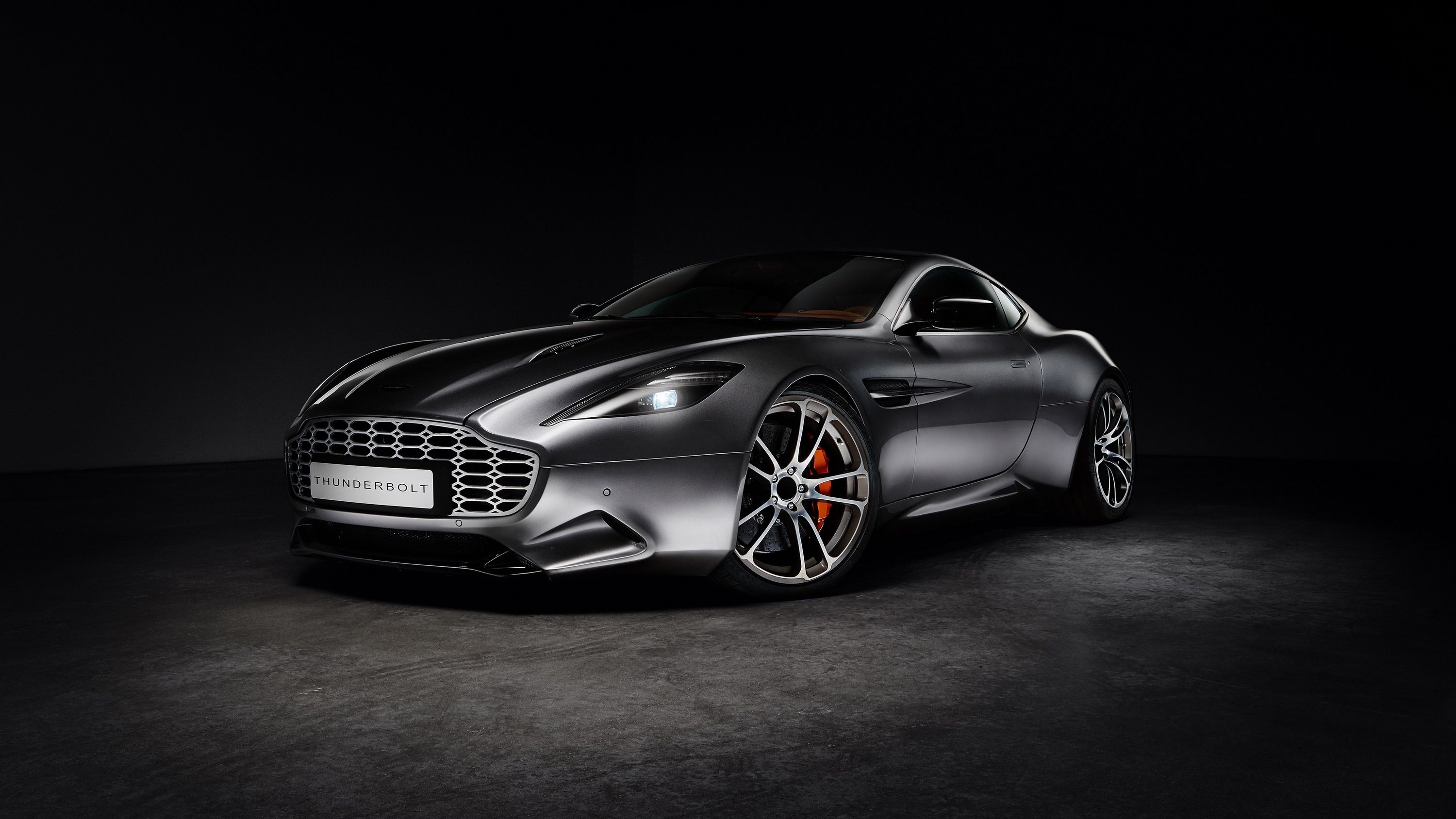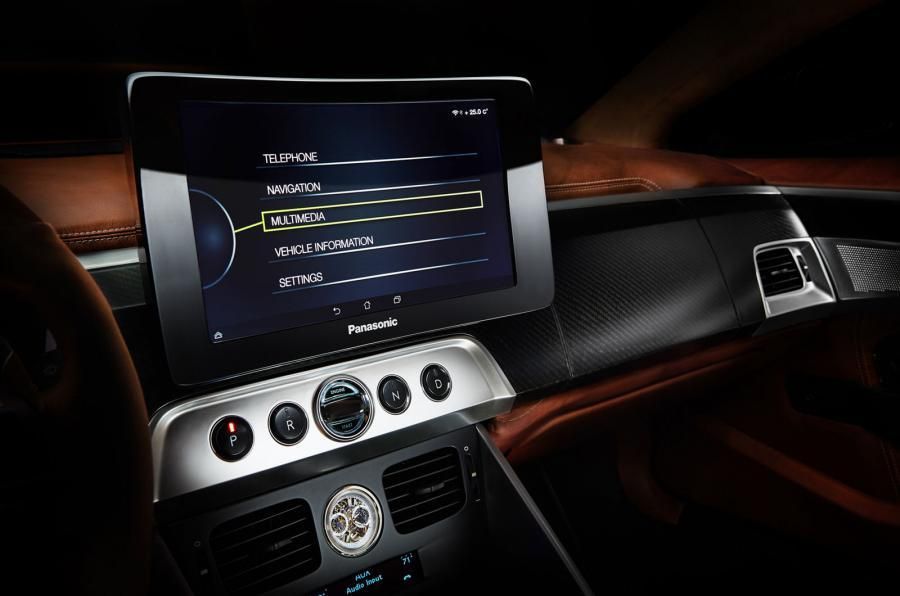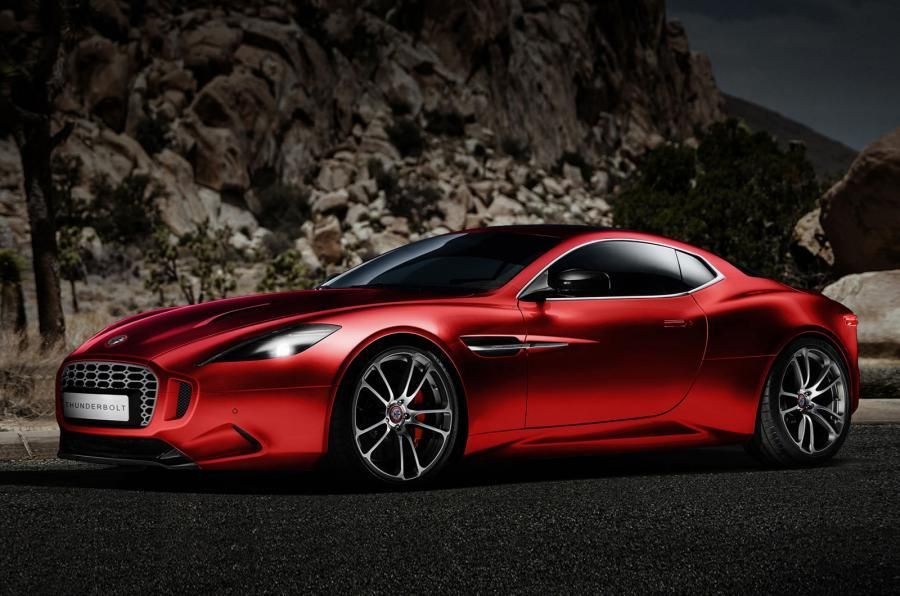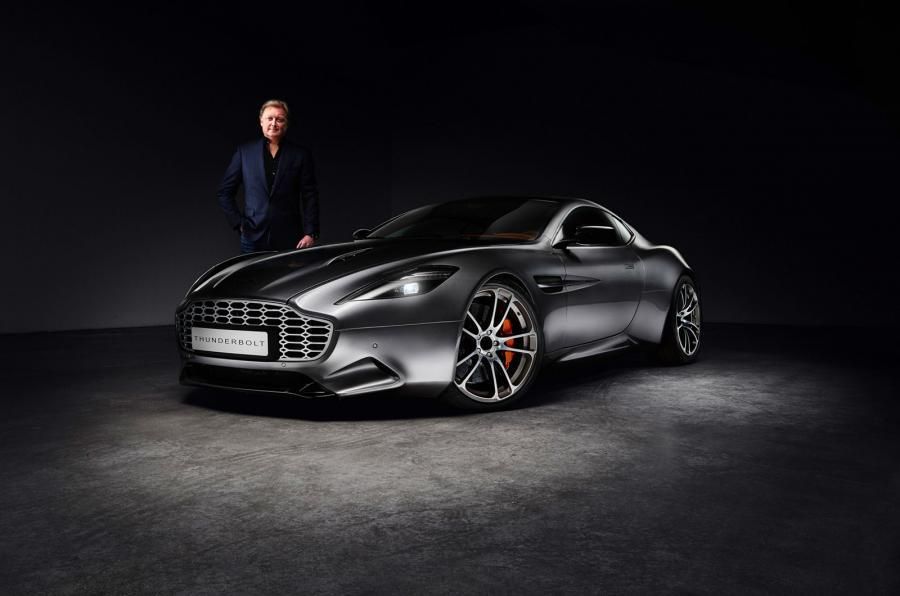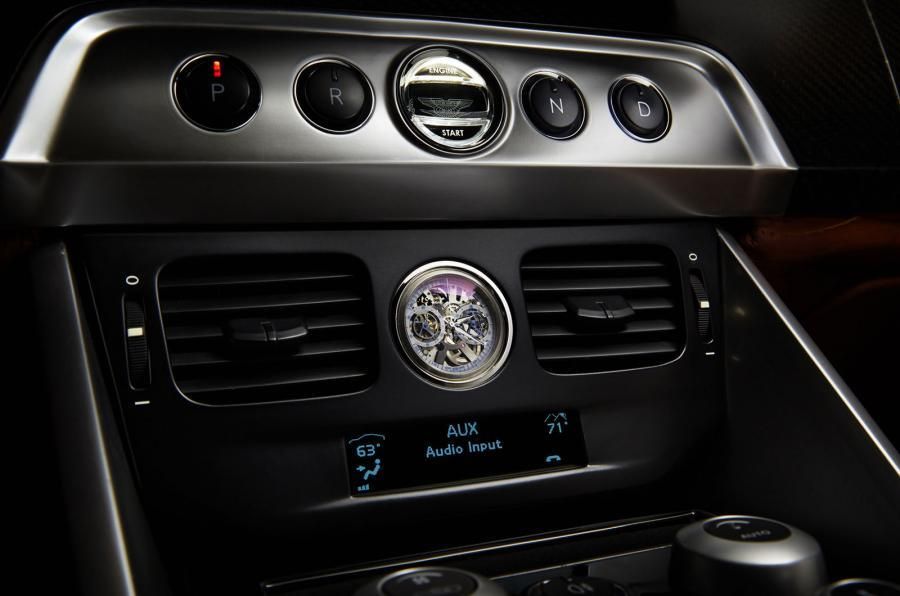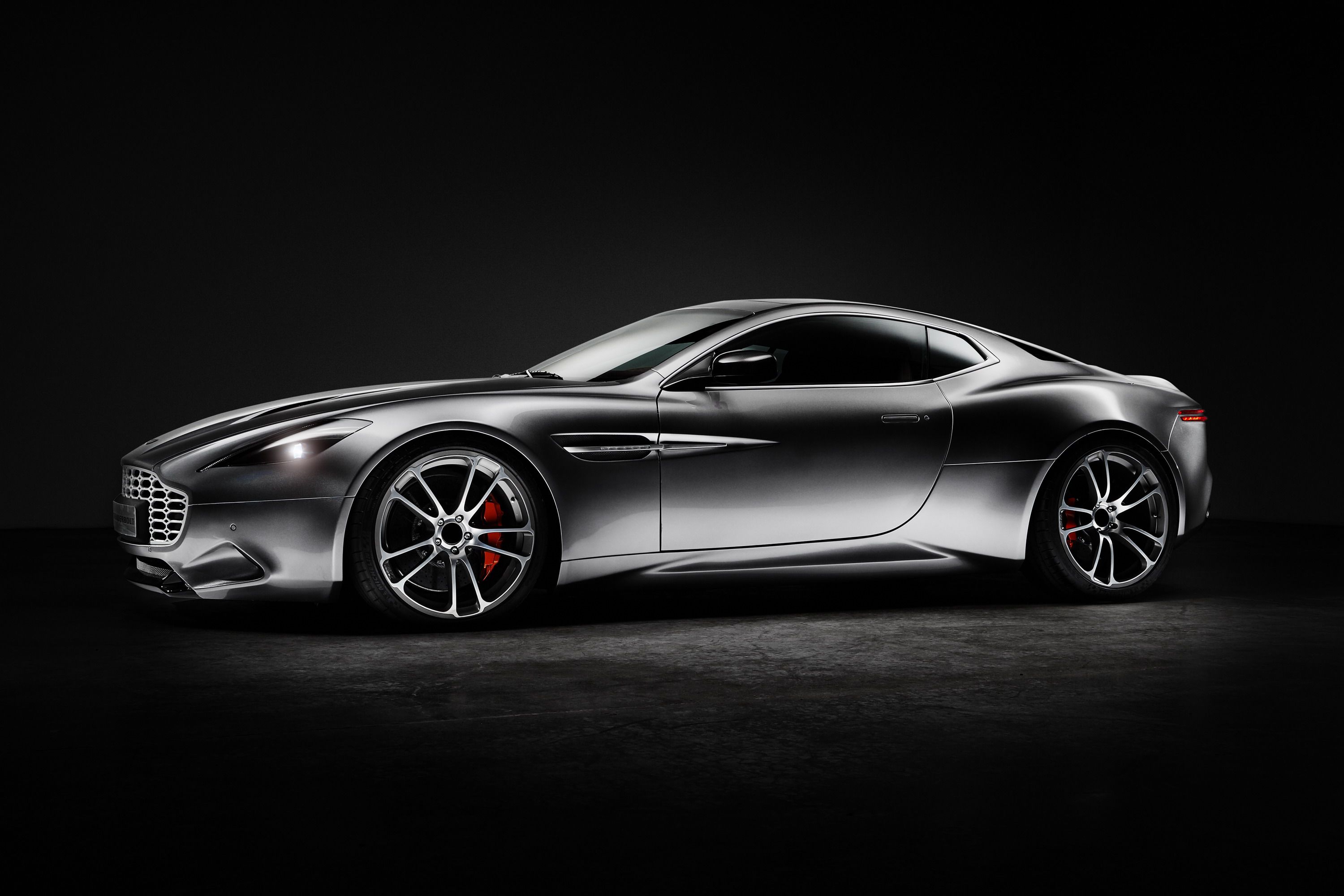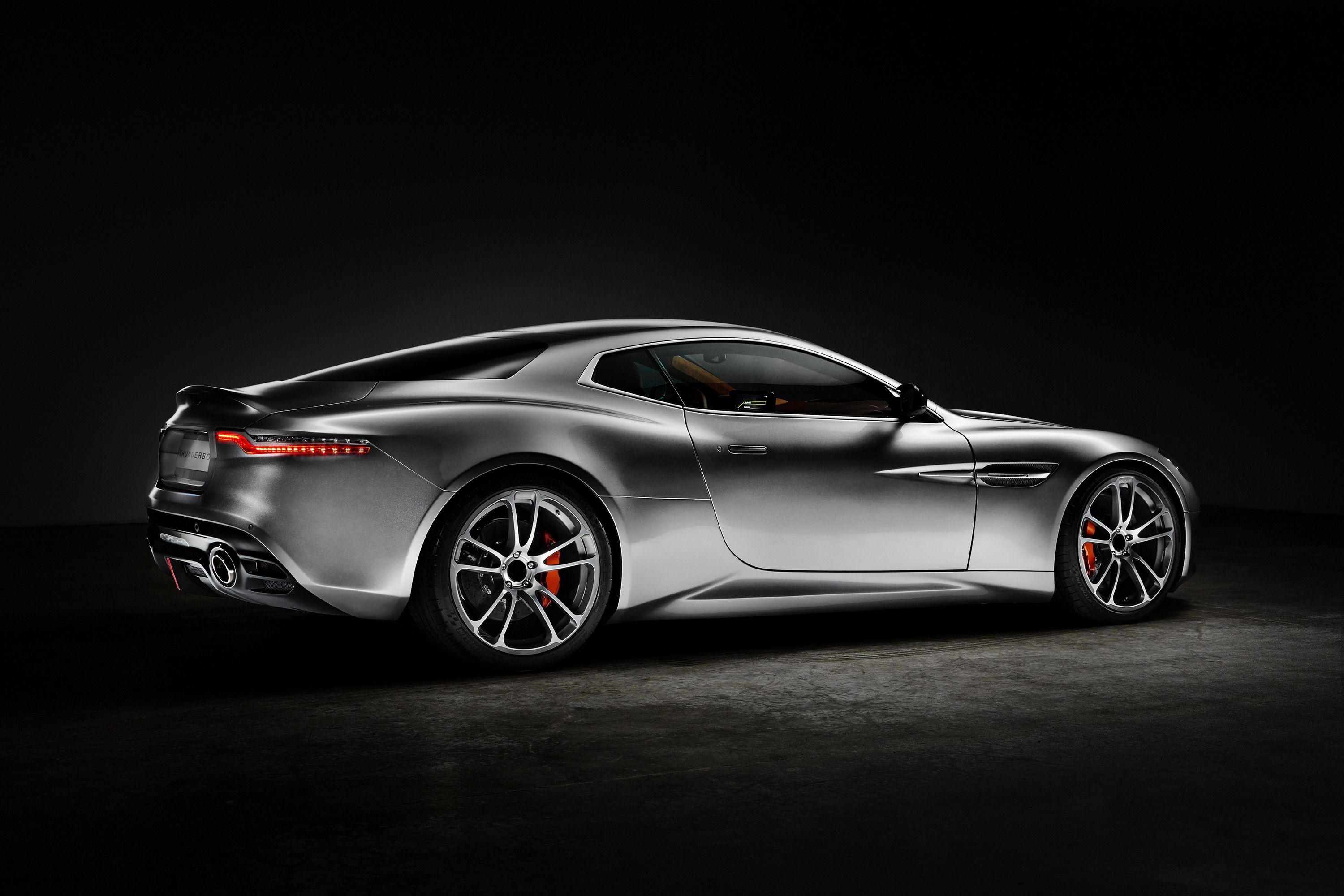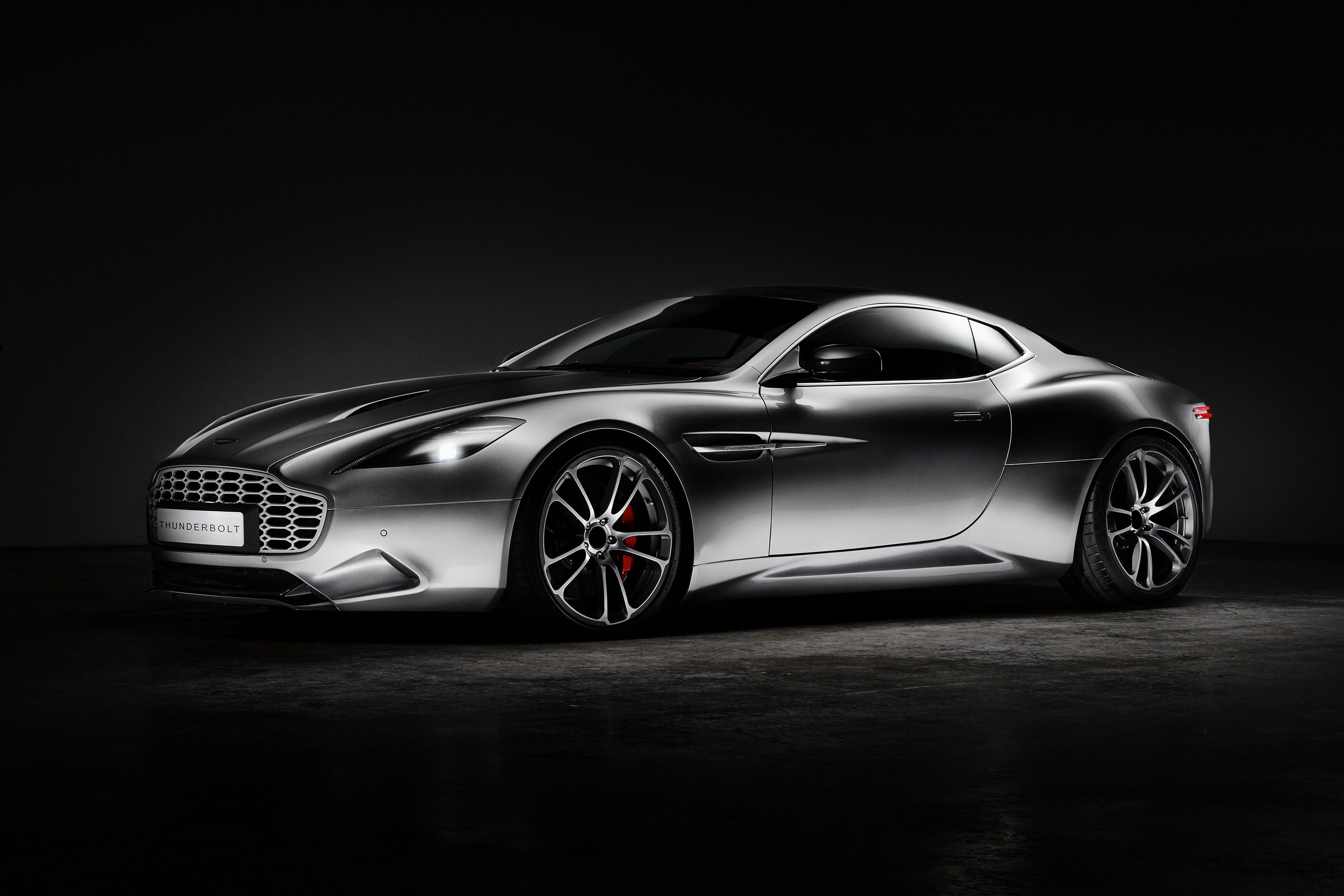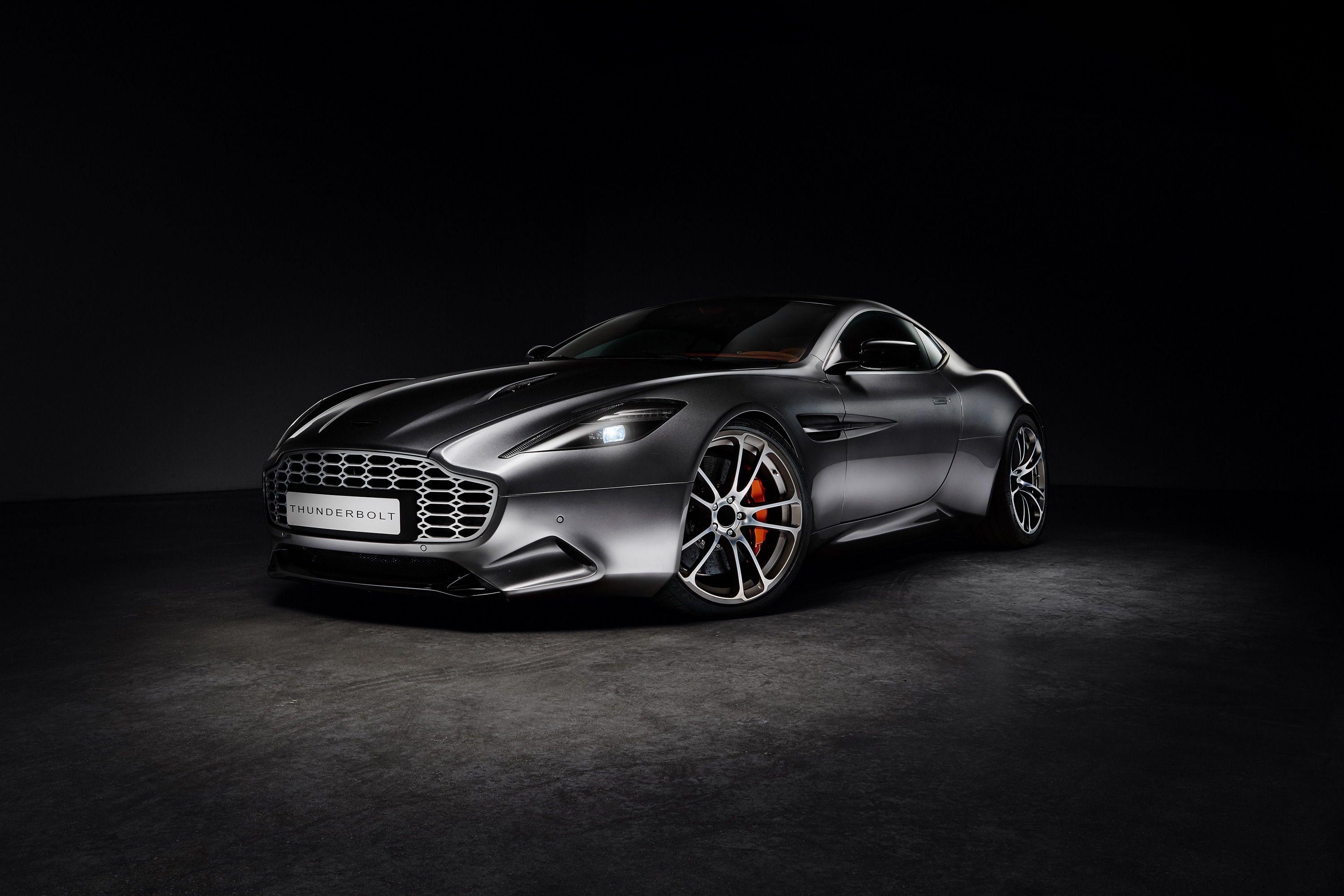The Norselands have long been known for boxes. Volvo->ke188 has practically defined the rectangle as a design paradigm, second only to your average Lego->ke2428 in sheer perfection of corners. IKEA's furniture is most famous for resembling the boxes it came out of, but at least it fits in well with the post-modern asceticism of North Atlantic architecture. Denmark, though -- Denmark has long bucked the interlocking molds of its neighbors' boxy practicality. Trust a Dane then to break those molds, reshaping everything we know about design by thinking outside the box.
Henrik Fisker->ke1074 first rose to prominence at BMW->ke178 as the designer of the Z07 Concept, which ultimately became the Z8 coupe. It was in the Z8's classic long-hood-short-deck proportions, and stretched-over-a-frame body panels that we caught the first hint of things to come. In 2001, Fisker joined Ford->ke31 Motor Company, and immediately went to work re-designing the face of Aston Martin.->ke13 That redesign, the DB9, was arguably the only good thing to come out of the entire Ford-Aston affair.
Fisker's work (along with the Cadillac Sixteen Concept and Chrysler PT Cruiser) signaled the end of 90s styling, and wrote the book for a whole new generation of automobile bodies. Not content to rest on his well-deserved laurels, Fisker launched his own car company from sunny California, where he's still making history by influencing fellow revolutionaries like Tesla.->ke1842
History beckons, though, and now the Danish prodigy has a new take on the Aston design language he created. Enter, the Aston Martin Vanquish Thunderbolt.
Continue reading to learn more about the Aston Martin Thunderbolt Concept By Henrik Fisker.
2015 Aston Martin Thunderbolt Concept By Henrik Fisker
- Make: Array
- Model: 2015 Aston Martin Thunderbolt Concept By Henrik Fisker
Introduction
In 2013, Fisker's eponymous company went bankrupt, and ended up bought out by the Chinese. Call it a victim of its own success; that Fisker inspired Tesla so much is a matter of record, as is the reality that Tesla ultimately wound up edging him out of the narrow niche he created. Since then, Henrik has found something of a hobby in re-engineering his former employers' cars.
Last year, at the LA Auto Show, he introduced the Mustang Rocket, a 725-horsepower joint venture with California's Galpin Auto Sports. Looking for all the world like the three-way love child of a Mustang, Aston and Spyker, the Rocket is set to retail for about $100,000 fresh from Galpin's showroom floor.
It's true: a $100,000 Mustang does seem like a slightly absurd proposition, regardless of the name on the design sheet. Galpin expects to sell between 80 and 500 of them, though the high figure is probably a bit optimistic.
Perhaps recognizing that a six-figure pony car is a tough sell, Henrik and Galpin officially went back to the well at the 2015 Amelia Island Concrous d'Elegance. The Thunderbolt "design study" shook those in attendance like a blow from Mjolnir, a true Nordic Godhammer of classic Fisker style.
Exterior
The Thunderbolt, under it all, is an Aston Martin Vanquish. It's a fair place for Fisker to start, considering the Vanquish's body was taken practically panel-for-panel from Fisker's DB9 and and Vantage. It shows, too, because the Thunderbolt looks exactly how you'd think the next generation Vanquish would look.
Almost every panel on the custom coach-built and (for the moment) one-off Thunderbolt comes off as a tasteful exaggeration of the Vanquish's. That exaggeration starts at the front overhang, which is noticeably longer than that of the Vanquish. It flows back into an elongated hood over more pronounced wheel arches, further increasing the proportion of the hood to deck lid and visually putting the cab almost directly over the rear axle.
Fisker has always been a fan of huge front grilles, and that shows in the Thunderbolt. Its maw almost makes the Evo X's and Lexus LF-A's look tame by comparison; which is appropriate, since both cars' grilles were obviously Fisker influenced to begin with. To make room for that huge grille, Fisker shrunk the brake ducts and lower opening down to size, maintaining the balance of sheetmetal to duct-opening in the front fascia.
The fender duct takes a longer and more tapered shape, its door extension narrowing aggressively to a sharp point well ahead of the stock Vanquish's. That, frankly, is a welcome change -- the Vanquish's long, straight side strake always was a bit at odds with its otherwise flowing lines. Aston needed it to balance out the matching line on the lower rocker panel, but that's gone in Fisker's redesign. While the Vanquish's lower body looks squat and solid, Fisker's take on it is altogether more wasp-waisted.
This classic pinch makes the Vanquish's ample haunches that much more voluptuous, single-handedly changing the car's persona from square-jawed leading man to femme fatale. From James Bond to Lauren Bacall, complete with those sultry, half-lidded eyes. And there's nothing wrong with that at all.
Interior, Price and Drivetrain
Henrik reworked the Aston's interior -- not as thoroughly as the exterior, but that's not necessarily a bad thing in the Vanquish's case. A huge, 11.6-inch, curved touch-screen control system dominates the dashboard, the first such use of a curved screen in an automobile. Below that is a subtler touch, a gorgeous skeleton chronograph developed with Maurice Lacroix. It would probably seem a little over-the-top if not for the massive screen a few inches away; as it is, though, the chronograph's exposed gears and clockwork mechanism make an interesting mechanical counterpoint to the high-tech glass panel above it. Somewhat less mechanical in nature are the twin champagne-bottle holders incorporated into the passenger seat. Eh. They'd hold two bottles of MD 20/20 just as well.
Speaking of high octane and spitting fire, the Vanquish's 568 horsepower V-12 and eight-speed transmission remain untouched. That will probably prove good enough for some people.
Or, it could could } prove good enough for some, if the matter weren't almost completely academic. As of right now, Fisker says the Thunderbolt is a pure design study that will be sold through Galpin Performance in "very limited numbers." Translation: "It's a one-off, but we won't say 'no' to a big enough check." How big? Right now, they're floating around $700,000, not including the two bottles of Remy Martin that Bono will want. That's more than twice the cost of a standard Vanquish, which doesn't come with champagne holders.
Summary
Booze-carrying silliness aside, the Thunderbolt almost certainly represents Fisker's best styling exercise since the original DB9. And yes, that includes the Karma, which Henrik designed from the ground up. Maybe it's a case of writers making the best editors, given enough time and distance from their own work; it's no small feat improving on one of the most beautiful cars in the world, but the Architect of Aston has done exactly that.
In a sense, the Thunderbolt doesn't really matter; any "production" it sees will go only to a very wealthy few, and odds are good that the few sold will end up as a garage-kept part of someone's investment portfolio. But in a larger sense, Aston itself would be foolish to ignore this editorial update from the author of their styling language. The fact that Fisker's Thunderbolt makes the current Vanquish look like last decade's model should tell Aston something -- mostly that, if they're looking to re-hire a design alumni, he's worth it at any price.
And even if they're not looking to put him back on the payroll, Fisker's design could would }, if the world were a smart place, presage the next generation of Aston design. They have been riding Fisker's original design language for a while now, and it's starting to look as though Aston's stuck in a certain stylistic box.
Thankfully, there's still at least one Norseman willing to think outside of it.

